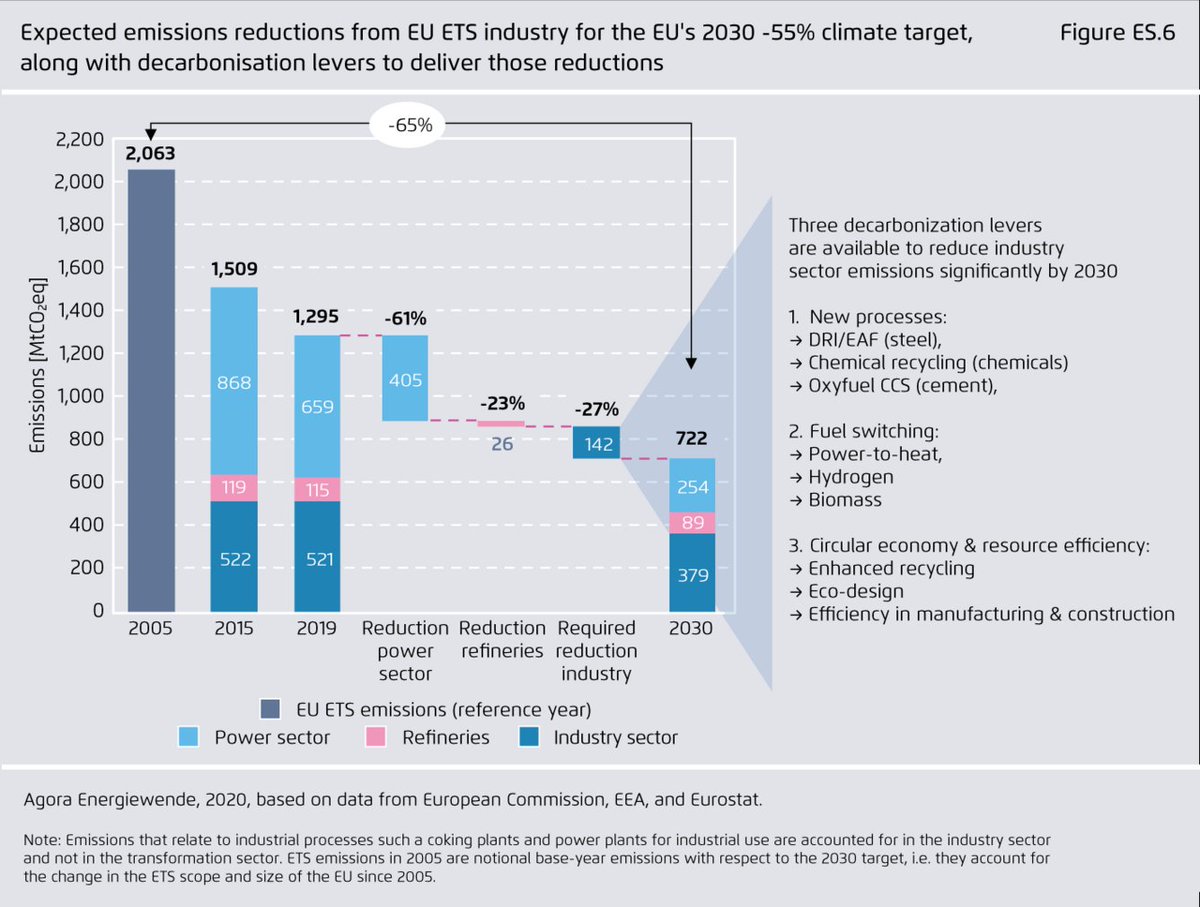
The EU steel industry is at the crossroads: by 2030 ~50% of blast furnaces will reach their end-of-life. Which EU countries are affected by 2030? Do we have a plan for the transition? Spoiler: bold policy will make all the difference. Thread (1/11) 
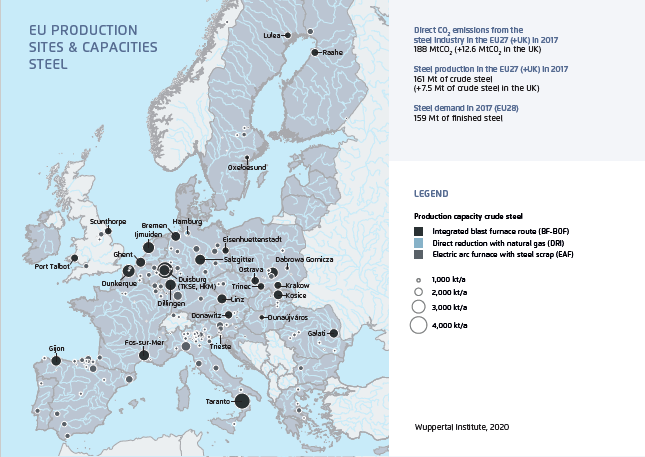
What are the EU countries where blast furnace capacity will reach their end-of-life before 2030?
🇦🇹 49% of total primary steel capacity
🇧🇪 50%
🇨🇿 81%
🇩🇪 50%
🇪🇸 50%
🇫🇮 50%
🇫🇷 48%
🇮🇹 5%
🇳🇱 100%
🇵🇱 47%
🇸🇰 100%
Bonus:
🇬🇧 39%
(2/11)
🇦🇹 49% of total primary steel capacity
🇧🇪 50%
🇨🇿 81%
🇩🇪 50%
🇪🇸 50%
🇫🇮 50%
🇫🇷 48%
🇮🇹 5%
🇳🇱 100%
🇵🇱 47%
🇸🇰 100%
Bonus:
🇬🇧 39%
(2/11)
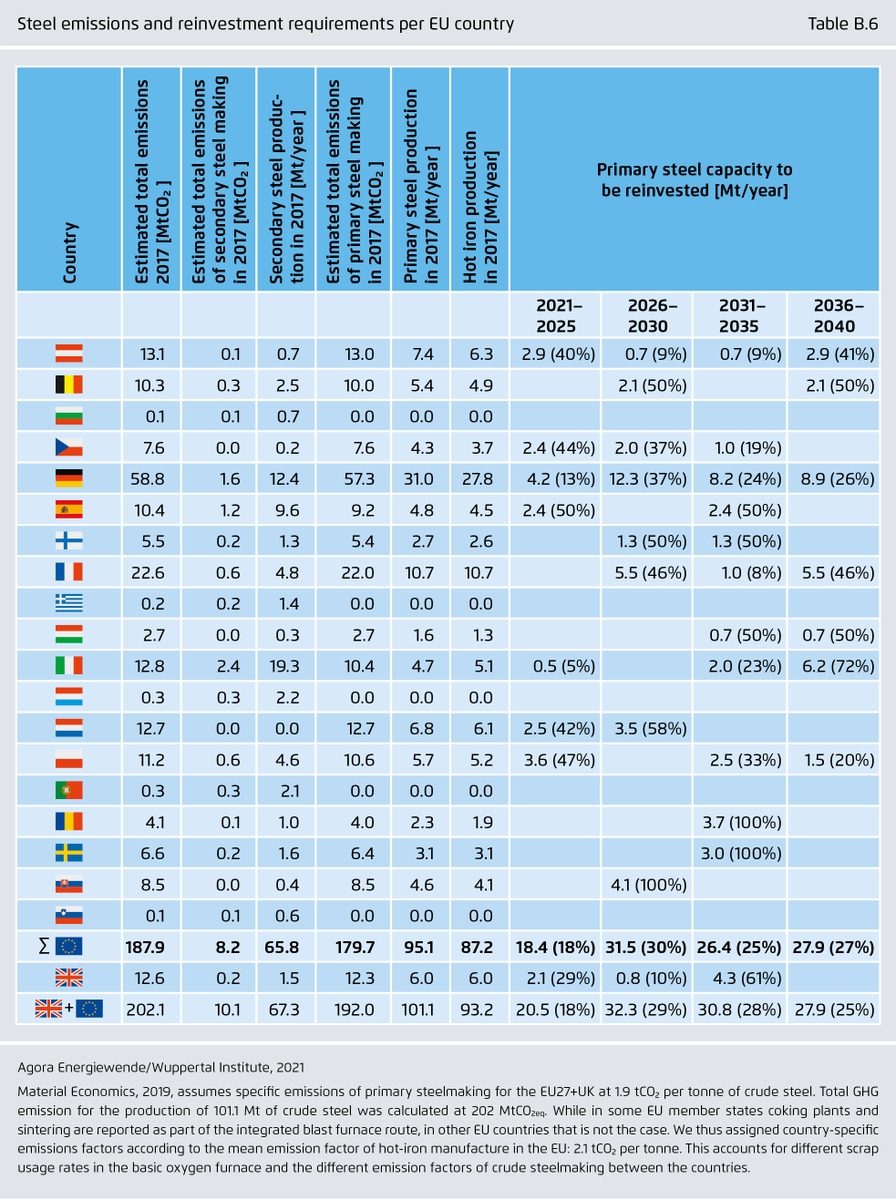
From now on there’s barely a business case for reinvestments into coal-based blast furnaces.
Even efficient blast furnaces would come under immense pressure during a typical 20-year campaign, regardless whether EU goes for #CBAM or continued #free allocation. (3/11)
Even efficient blast furnaces would come under immense pressure during a typical 20-year campaign, regardless whether EU goes for #CBAM or continued #free allocation. (3/11)
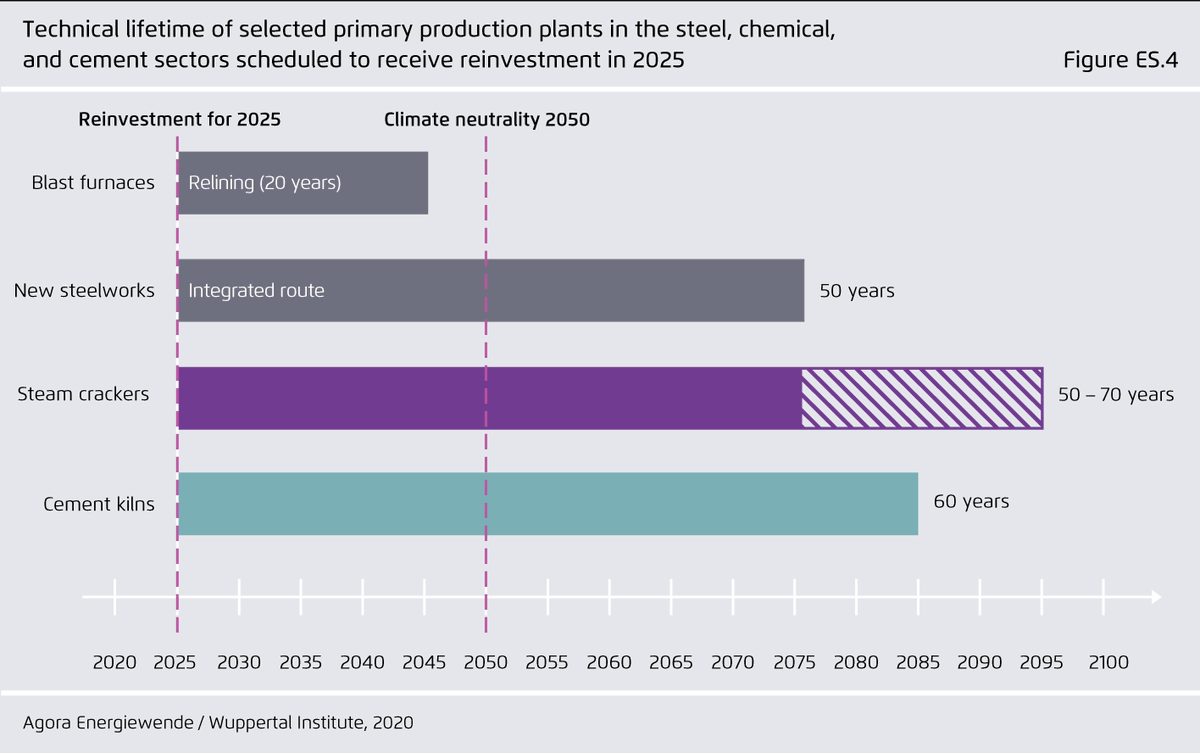
The good news is that EU steel companies have understood that. For 2030 EU steel companies already announced plans to build low-carbon steelmaking capacities of 28 Mt/year. Apart from one CCS project in 🇳🇱, all other projects count on H2-based DRI. (4/11) 

However, there is a stark imbalance between EU member states.
For a just transition and bold climate policy that aims at maintaining the current level of steel production and these jobs in Europe, the reinvestment requirements have to be matched more or less 100%. (5/11)
For a just transition and bold climate policy that aims at maintaining the current level of steel production and these jobs in Europe, the reinvestment requirements have to be matched more or less 100%. (5/11)
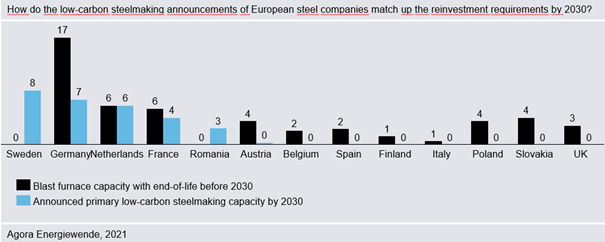
This transition will be very capital-intensive. CO2 prices up until 2030 will not be high enough to finance the transition itself. Both for CAPEX and OPEX there’s currently a financing gap. (6/11)
While the EU Innovation Fund can help to finance some of the CAPEX for early projects, it is not large enough to come even close to meet the investments required by the EU steel industry alone. (7/11) 
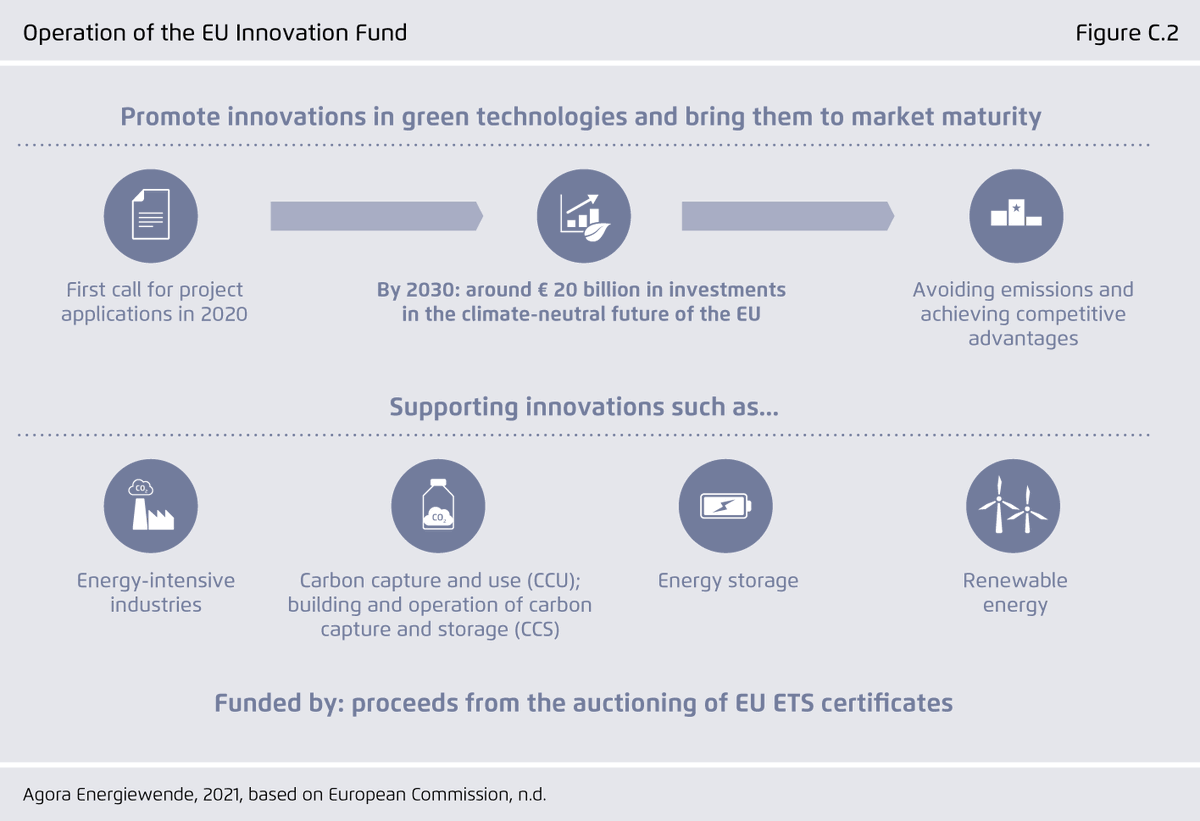
One no-regret measure that can help to close the financing gap on the investment side is to use money from the EU Recovery and Resilience Facility that was set up for economic recovery after the Covid-19 pandemic. (8/11)
To help to invest in DRI would simply tick all the boxes of a green recovery:
✅Securing future-proof green jobs
✅Help to reach the EU 2030 climate target
✅Assuming technology leadership in low-carbon technologies
✅Serving as anchor for H2 uptake % infrastructure
(9/11)
✅Securing future-proof green jobs
✅Help to reach the EU 2030 climate target
✅Assuming technology leadership in low-carbon technologies
✅Serving as anchor for H2 uptake % infrastructure
(9/11)
Of course, addressing the investment side alone will not do the job. We also need to address the additional OPEX costs (e.g. via CCfDs); develop green lead markets and ensure that we have the infrastructure for H2 and CCS: We need an EU Clean Industry Package. (10/11) 
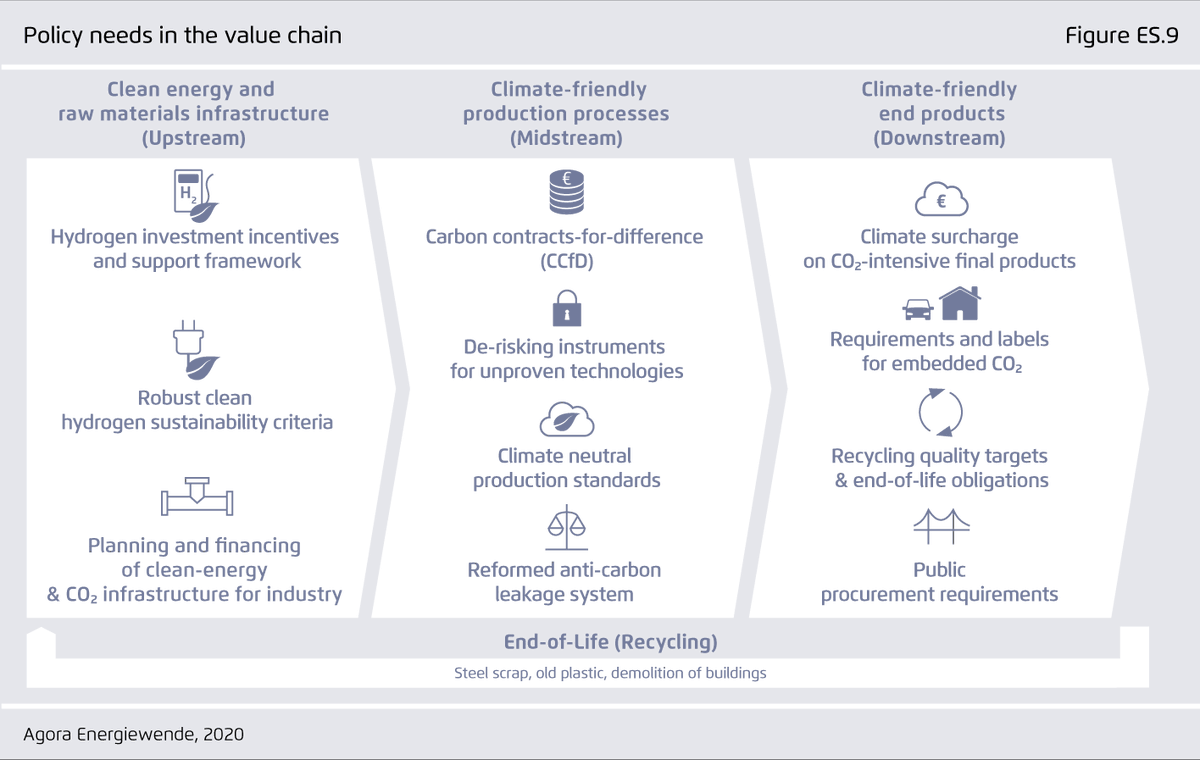
The upcoming reinvestment cycle in the EU steel industry puts it at a crossroads: it’s a chance to put the steel industry on a path to climate neutrality, but it’s a transition that needs to be managed. Bold policies will make all the difference. (11/11) 
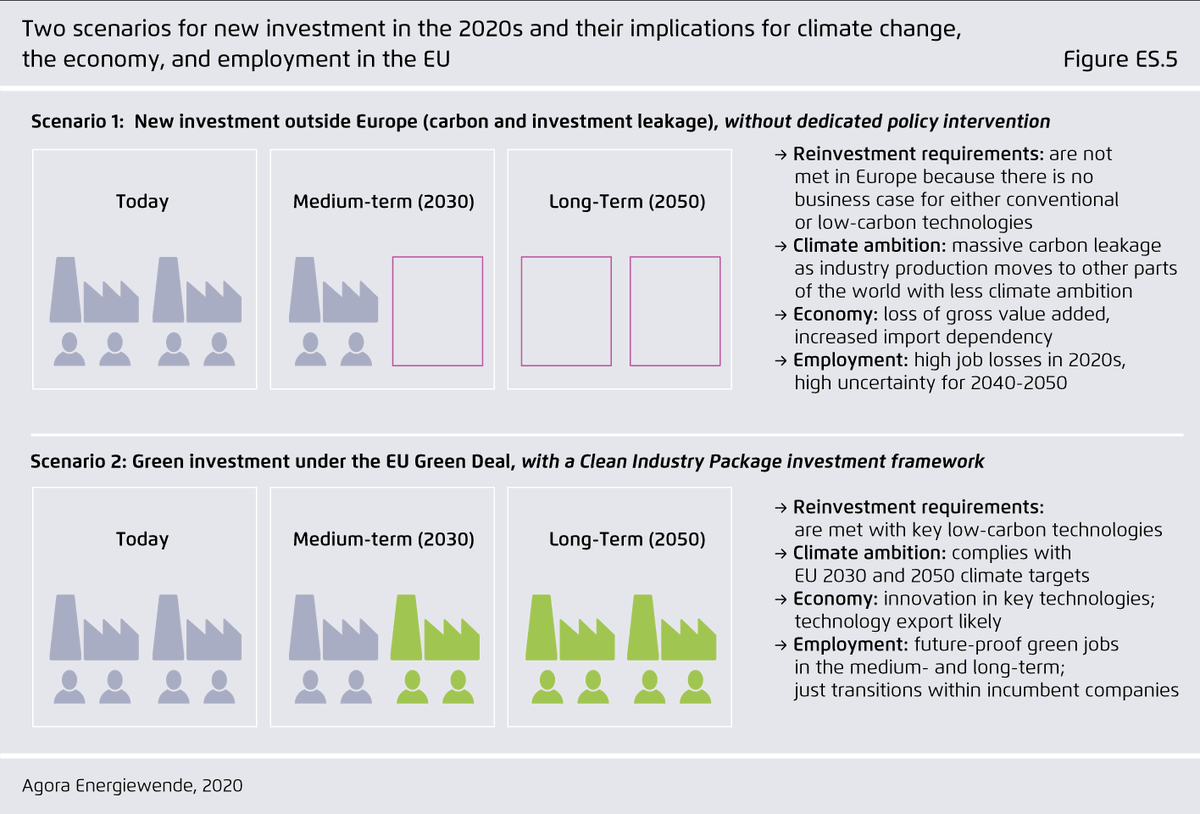
You will find this interesting:
@gnievchenko @Ma_Deutsch @andreasgraf @RENEWIndustry @JMRootzen @SomersJulian @CoalFreeDave @SuzanneSchenk @valenvogl @GokceMe @WillHall92 @GokceMe @bataille_chris @AhmanMax @dr_olsson
@gnievchenko @Ma_Deutsch @andreasgraf @RENEWIndustry @JMRootzen @SomersJulian @CoalFreeDave @SuzanneSchenk @valenvogl @GokceMe @WillHall92 @GokceMe @bataille_chris @AhmanMax @dr_olsson
• • •
Missing some Tweet in this thread? You can try to
force a refresh



